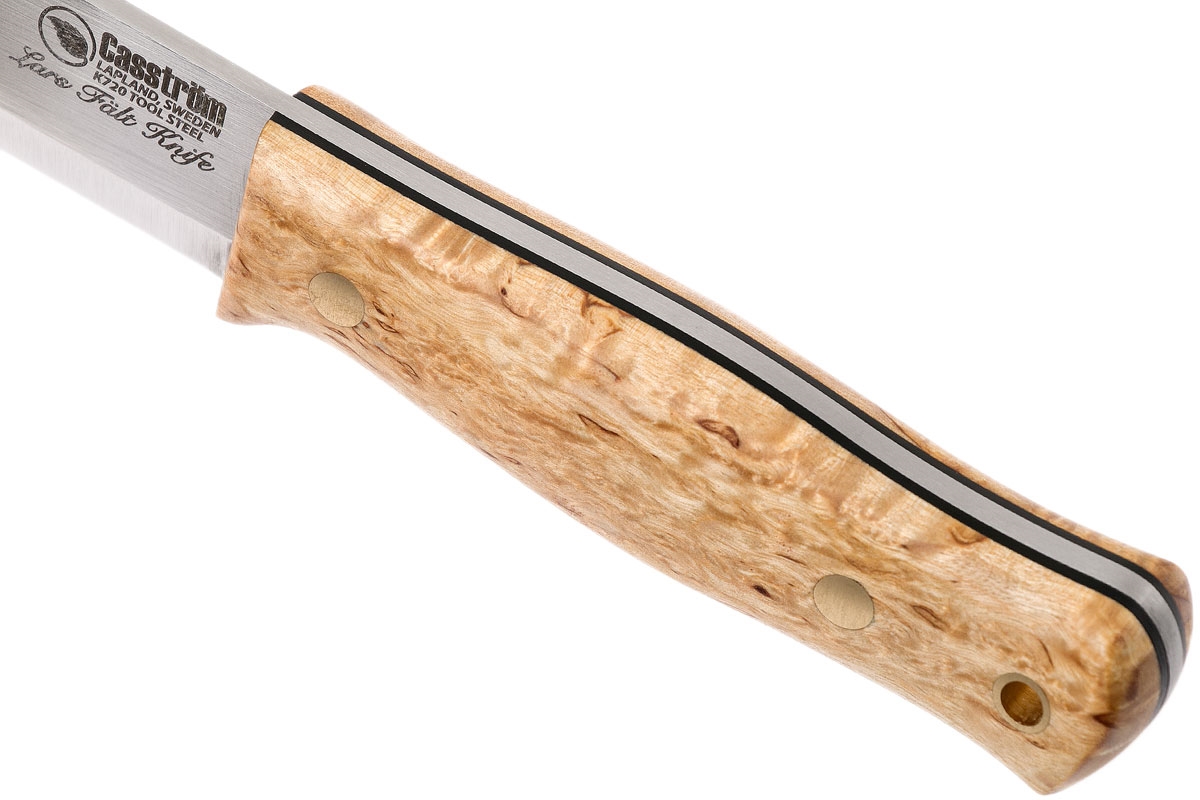I'm currently working on a bushcraft knife (still in the never-ending purgatory of hand sanding currently), but I've been thinking ahead about the handle material. I have a block of unstabilised curly birch which I'm hoping to use, and since this is a knife that's likely to see some heavy use I thought it might be worthwhile adding a liner to absorb shock. I have a piece of thin (0.5-1mm) leather from an old wallet which I think would contrast really nicely.
I know that leather is often used in stacked handles, but I can't find any info about its use as a liner. Does anyone have any experience? I imagine it would absorb oil well enough to prevent moisture ingress. On the other hand, I can see that if I'm wrong then the leather might swell enough to cause the very thing I'm trying to avoid.
I know that leather is often used in stacked handles, but I can't find any info about its use as a liner. Does anyone have any experience? I imagine it would absorb oil well enough to prevent moisture ingress. On the other hand, I can see that if I'm wrong then the leather might swell enough to cause the very thing I'm trying to avoid.

